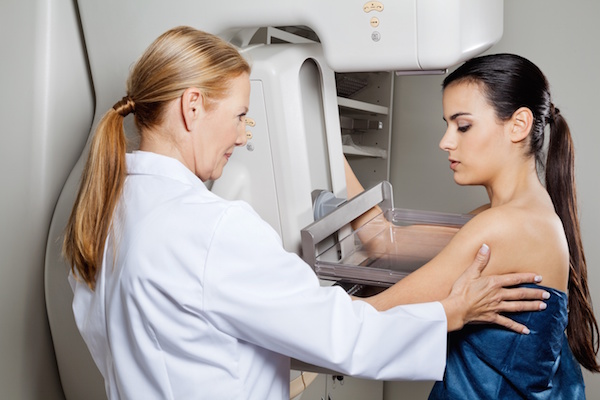WEDNESDAY, Dec. 14, 2016 (HealthDay News) — Skin cancer checks between couples don’t have to be a puzzle — or embarrassing, a new study shows.
Over time, and with some training on spotting troublesome moles and potential skin cancer lesions, partners gained confidence and overcame their inhibitions about the checks, the researchers said.
Embarrassment was especially an issue for women, said the team led by Dr. June Robinson, a professor of dermatology at Northwestern University Feinberg School of Medicine in Chicago.
“These aren’t parts of the body that most females like to have examined by their male partner, but at some point, they realized they’re just looking at the moles, not the cellulite,” Robinson said in a university news release.
“We found that as long as the [health] benefit is strong enough, it overcomes whatever potential embarrassment there might be between the partners,” she said.
One skin cancer specialist stressed that these at-home checks can be life-saving.
“Many melanoma patients have come to my attention simply because of changes in a mole that were noticed by a family member,” said Dr. Megan Winner, a surgeon at Winthrop-University Hospital in Mineola, N.Y. “Family and partner engagement in patient health is a crucial element of fighting cancer.”
The new study included almost 500 people — couples where one partner had been previously diagnosed with an early stage melanoma skin cancer. Participants ranged in age from 21 to 80 years.
The couples were randomly assigned to one of two groups: one group received no skin examination training, while the other group received training from either a doctor, a take-home handbook, or audio instruction.
Examinations to check for mole irregularities were done every month or every other month for two years.
Couples who received the skin examination training found far more mole irregularities — potential skin cancer lesions — than those in the control group, and they also became more confident in their ability to find irregular moles, the study found.
“In that discussion back and forth, they make a judgment call and agree on it,” said Robinson. “As they each grow more confident in their decision-making, the trust between them becomes stronger. When the trust is there, there’s no issue with embarrassment.”
The study also found that men often spot what women don’t, and vice versa. For example, men were more likely than women to notice mole border irregularities, while women were more likely to detect mole color variations, the researchers said.
The study authors noted that common places to develop melanoma — the deadliest type of skin cancer — include hard-to-see areas such as behind the ears and knees, the top of the head, and around the swimsuit line on a woman’s bottom.
Winner believes this type of training could be easily implemented.
“Such a program would easily translate into multiple settings — for instance, the offices of a primary care physician, a dermatologist, or an oncologic surgeon,” she said.
And even if lesions spotted during a partner-check end up being harmless, the checks are still important, Winner said.
“I would much rather see one of my patients too early for changes that ended up benign than see the transformation of an invasive melanoma too late,” she said.
Dr. Katy Burris is a dermatologist at Northwell Health in Manhasset, N.Y. She agreed that training couples to examine each other for skin cancers is key to “potentially improving patient outcomes.”
“We have made tremendous strides in educating patients on what to look for when performing self-examinations for skin cancer,” she said. “There is now evidence to suggest that partners are also effective in the identification of skin cancers.”
The study was published Dec. 14 in the journal JAMA Dermatology. The study was supported by a grant from the U.S. National Cancer Institute.
More information
The U.S. National Cancer Institute explains how to check for skin cancer.
Copyright © 2025 HealthDay. All rights reserved.

